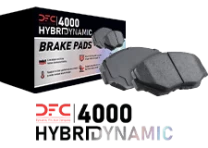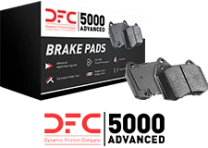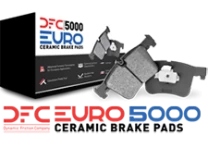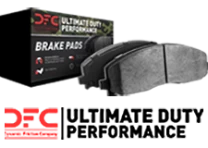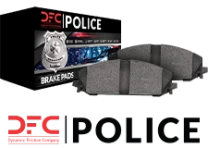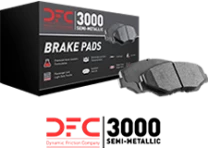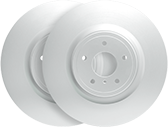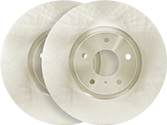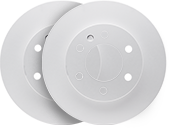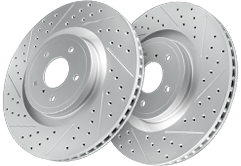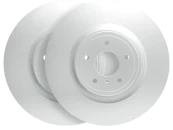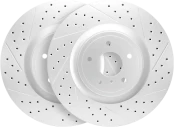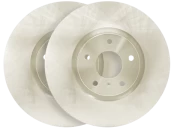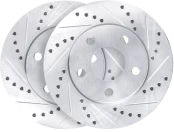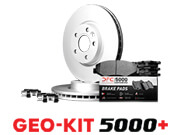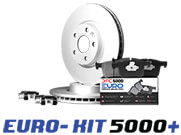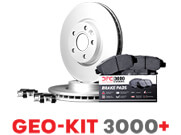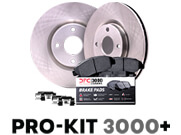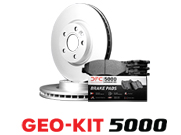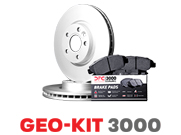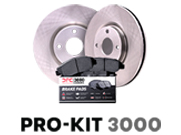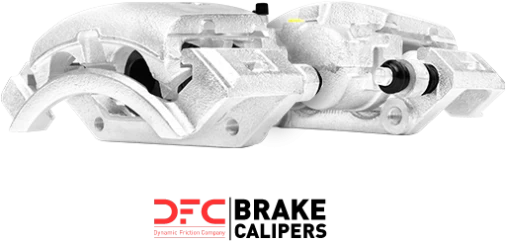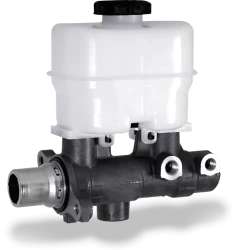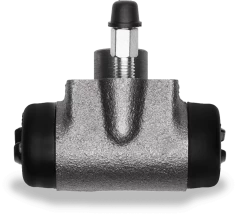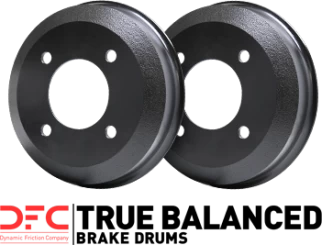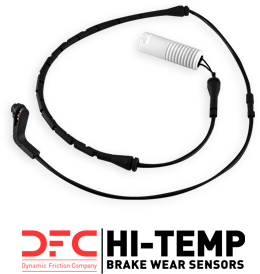Did you know safety is the first priority in DFC’s warehouse operations?
In Episode 3 of our Did You Know? series, we highlight the work of our Safety Team, led by Elizabeth Perez, Safety Coordinator at Dynamic Friction Company. With hundreds of team members working around high shelves, heavy parts, and active machinery, safety is not just a part of the process. It is the foundation of everything we do.
Safety Starts with People
Every day, Elizabeth and her team ensure that DFC’s warehouse remains a secure environment for everyone on the floor. This includes maintaining strict safety protocols, conducting hands-on training, and reinforcing best practices throughout the operation.
“Did you know DFC employs hundreds of people in our warehouse? And it is the safety team’s duty to protect our team members.”
No Room for Shortcuts
Brake parts are heavy. Equipment is powerful. The pace of warehouse operations is fast. That is why DFC takes every measure to prevent accidents and protect our team without compromise.
“In a warehouse full of brake parts, high shelves, and heavy equipment, there is no room for shortcuts.”
From proper lifting techniques to cherry picker procedures and the use of high-visibility vests, safety is built into the daily routine. The goal is to keep operations running efficiently while making sure every team member goes home safely.
Why It Matters
DFC’s commitment to warehouse safety does not just benefit employees. It supports the quality and reliability our customers expect. When safety protocols are followed, parts are handled with more care, orders are fulfilled with precision, and disruptions are minimized.
DFC’s key safety measures include:
• Mandatory safety training and refreshers
• Clear equipment protocols
• Personal protective equipment (PPE) enforcement
• Daily inspections and safety walk-throughs
• A workplace culture where everyone is accountable
Safety First, Always
DFC’s culture of safety is not reactive. It is proactive. By investing in the protection of our people, we ensure that our products move through the supply chain with care and consistency. That commitment translates to trusted deliveries, fewer delays, and confidence at every level of the supply chain.
Missed Episode 2?
Explore how our Quality Control team inspects over 350,000 details annually in Did You Know? Episode 2
Stay Updated
For more behind-the-scenes content from the teams that drive DFC’s commitment to excellence, subscribe to our blog or follow us on LinkedIn for the latest updates.
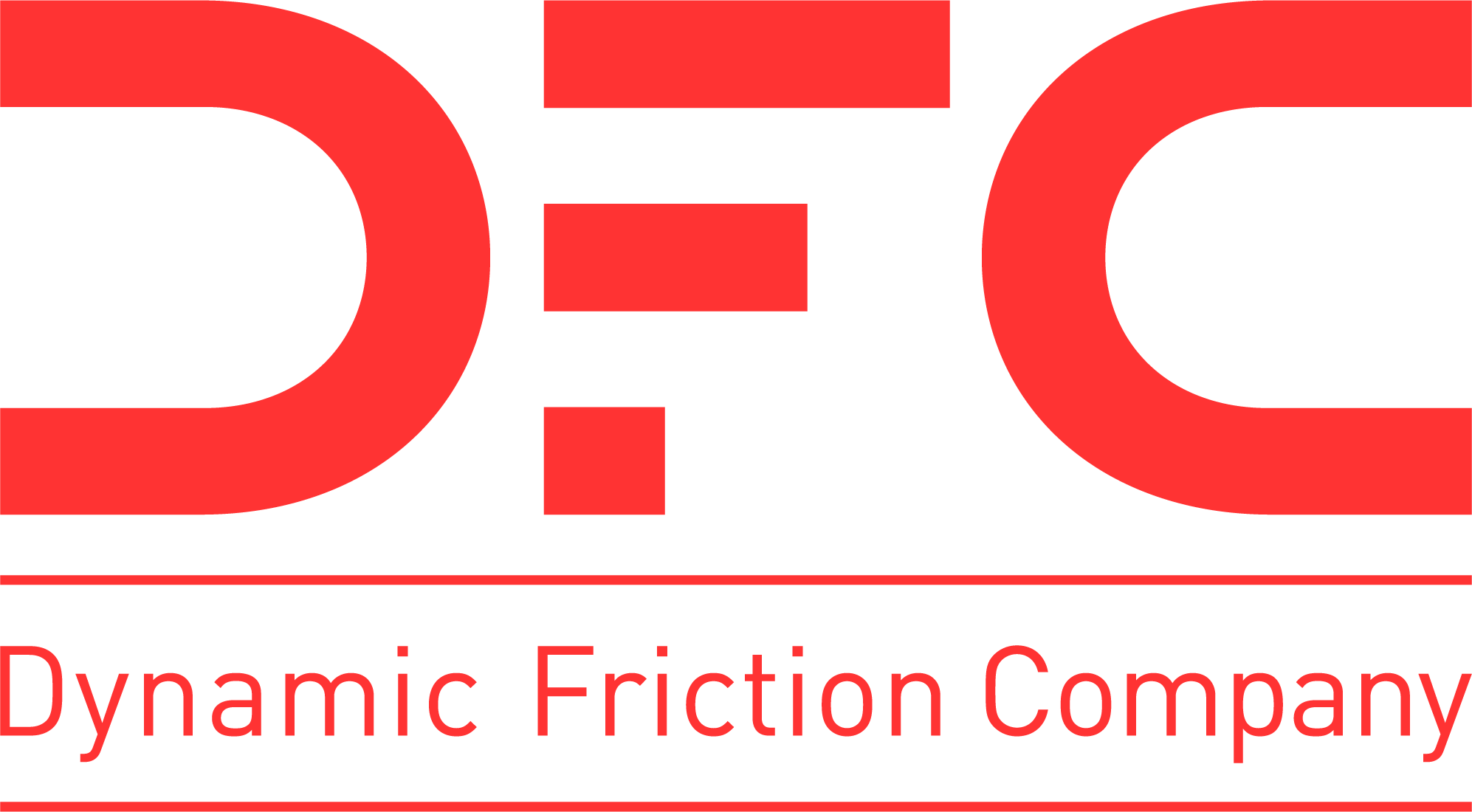
 UNITED STATES
UNITED STATES
